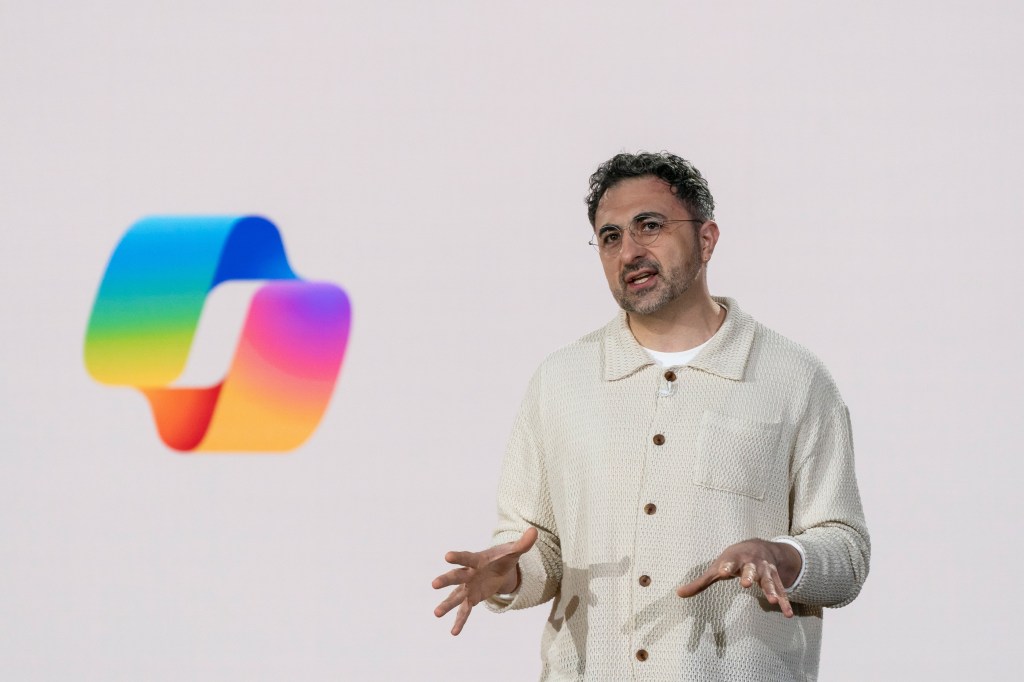In a rapid response to OpenAI’s recent unveiling of the ChatGPT Atlas browser, Microsoft has announced significant enhancements to its Edge browser, integrating advanced artificial intelligence features. This development underscores the intensifying competition among tech giants to redefine the web browsing experience through AI integration.
Microsoft’s AI Integration in Edge
On October 23, 2025, Microsoft introduced a suite of new features for its AI assistant, Copilot, embedded within the Edge browser. This initiative aims to transform Edge into a dynamic, intelligent companion for users. Mustafa Suleyman, CEO of Microsoft AI, highlighted the evolution of Copilot Mode, stating, Copilot Mode in Edge is evolving into an AI browser that is your dynamic, intelligent companion. He elaborated that, with user permission, Copilot can access and analyze open tabs, summarize and compare information, and perform actions such as booking hotels or filling out forms. ([techcrunch.com](https://techcrunch.com/2025/10/23/two-days-after-openais-atlas-microsoft-launches-a-nearly-identical-ai-browser/?utm_source=openai))
Key Features of Copilot Mode
The enhanced Copilot Mode introduces several functionalities designed to streamline the browsing experience:
– Tab Reasoning and Summarization: Copilot can interpret the content of open tabs, providing concise summaries and facilitating efficient information comparison.
– Automated Actions: Users can delegate tasks like completing forms or making reservations directly through the browser, reducing the need for manual input.
– Journeys Feature: This tool allows Copilot to trace and display connections between open tabs, offering a cohesive view of related information.
These features collectively aim to enhance productivity and user engagement by integrating AI-driven assistance directly into the browsing workflow.
OpenAI’s ChatGPT Atlas: A Precursor
Just two days prior, on October 21, 2025, OpenAI launched ChatGPT Atlas, an AI-powered web browser for macOS, with plans to expand to Windows, iOS, and Android platforms. Atlas integrates ChatGPT’s conversational capabilities directly into the browsing interface, enabling real-time page summarization, document editing, and interactive search without the need to switch tabs. The browser also features an agent mode, allowing users to automate tasks such as booking flights or managing reservations. ([openai.com](https://openai.com/index/introducing-chatgpt-atlas/?utm_source=openai))
Comparative Analysis: Edge’s Copilot Mode vs. ChatGPT Atlas
The close timing of these releases highlights the parallel trajectories of Microsoft and OpenAI in embedding AI into web browsers. Both platforms offer AI companions capable of understanding user context, summarizing information, and performing automated tasks. However, there are distinctions:
– Platform Availability: ChatGPT Atlas is currently available on macOS, with future support planned for other platforms. In contrast, Microsoft’s Edge with Copilot Mode is accessible across multiple platforms, including Windows.
– User Base and Integration: Microsoft’s Edge benefits from a substantial existing user base and deep integration with the Windows operating system, potentially facilitating broader adoption of its AI features.
– AI Model and Capabilities: While both browsers leverage advanced AI models, the underlying technologies and specific capabilities may differ, influencing user experience and performance.
Implications for the Browser Market
The rapid succession of these AI browser launches signifies a transformative period in the browser market. Traditional browsers are evolving into intelligent platforms that not only display web content but also assist users in navigating and interacting with the internet more efficiently. This shift is likely to intensify competition among tech companies, driving further innovation and potentially reshaping user expectations regarding web browsing.
Conclusion
Microsoft’s introduction of AI-enhanced features in Edge, closely following OpenAI’s ChatGPT Atlas launch, marks a significant milestone in the integration of artificial intelligence into everyday web browsing. As these technologies continue to develop, users can anticipate more personalized, efficient, and interactive online experiences, heralding a new era in digital navigation.


